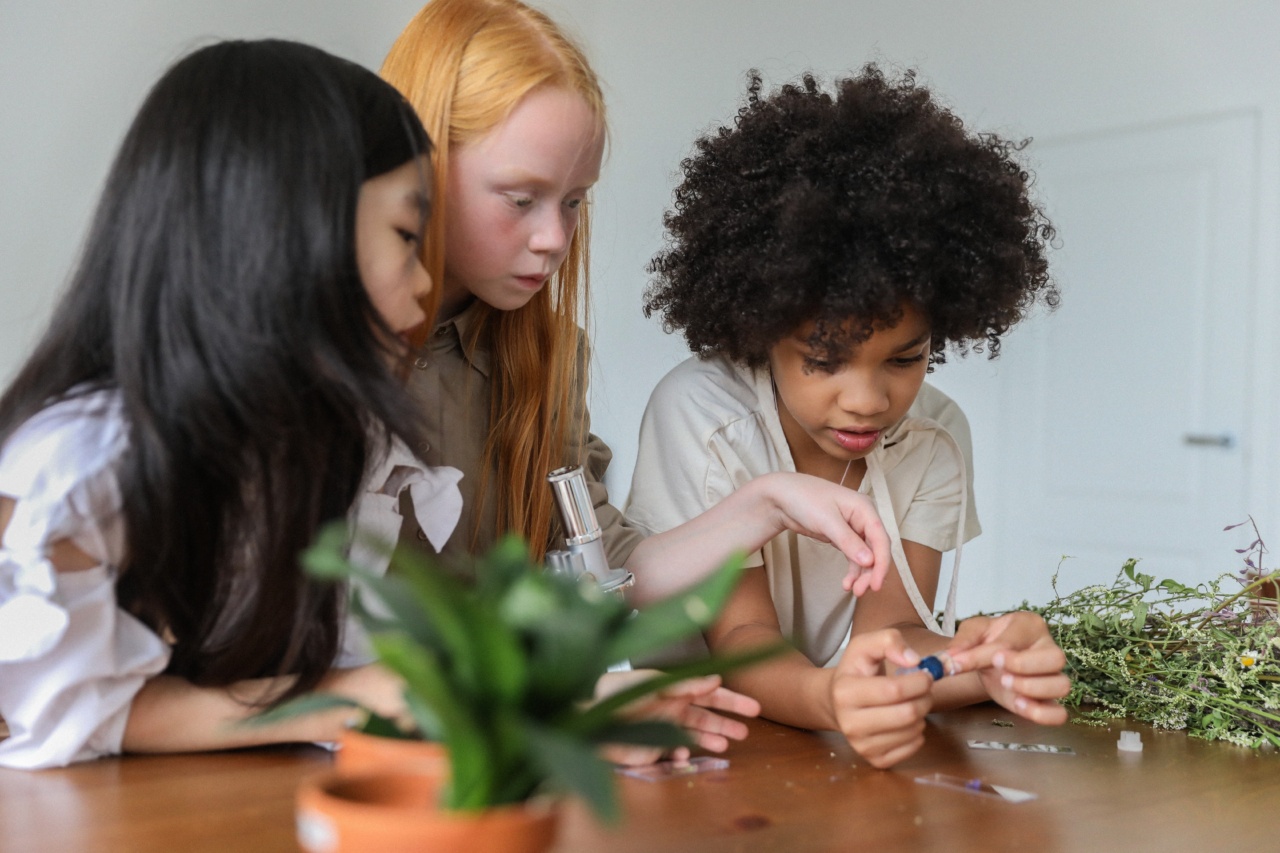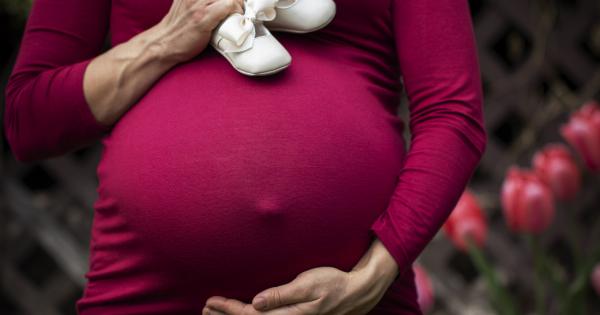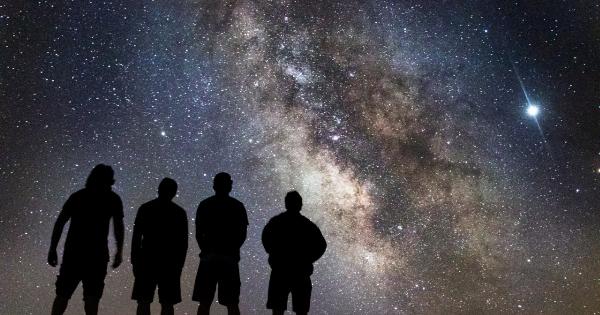Introduction:.
Pregnancy is a beautiful and transformative journey experienced by women all over the world. It is a complex biological process that leads to the creation of new life.
In this article, we will explore the science behind pregnancy, from conception to birth, and delve into the remarkable changes that occur within a woman’s body during this miraculous nine-month journey.
Conception and Fertilization:
Conception marks the beginning of a new life. It occurs when a sperm, carrying the father’s genetic material, fertilizes an egg, carrying the mother’s genetic material.
This remarkable process takes place in the fallopian tubes, where the egg travels after it is released from the ovary during ovulation. Only one lucky sperm out of millions will successfully penetrate the egg’s protective barrier and form a zygote, the first cell of the new individual.
Implantation and Embryonic Development:
After fertilization, the newly formed zygote undergoes a series of divisions, forming a hollow ball of cells known as a blastocyst.
About a week after fertilization, the blastocyst implants itself into the thickened uterine lining, known as the endometrium. This process is crucial for a successful pregnancy and marks the beginning of embryonic development.
Over the next few weeks, the cells within the blastocyst differentiate into three distinct layers: ectoderm, mesoderm, and endoderm. These layers give rise to various organs, tissues, and structures of the developing embryo.
The ectoderm, for instance, develops into the nervous system, skin, and hair, while the mesoderm gives rise to the muscles, bones, and circulatory system.
Formation of the Placenta and Umbilical Cord:
Simultaneously, as the embryo develops, the placenta and umbilical cord also form. The placenta acts as a lifeline for the growing fetus, providing oxygen and nutrients through the mother’s bloodstream.
It also helps in removing waste products from the fetus’s bloodstream. The umbilical cord connects the placenta to the fetus, allowing the exchange of these necessary substances.
Trimesters: Inspiring Stages of Pregnancy:
Pregnancy is typically divided into three trimesters, each lasting about three months. Let’s explore the remarkable changes that occur within the mother’s body during each trimester:.
First Trimester:
During the first trimester, the mother’s body starts to adapt to the presence of the growing fetus. Hormonal changes occur, and the body produces additional blood to support the developing placenta.
Many women experience symptoms such as morning sickness, breast tenderness, and fatigue during this time. The embryo undergoes rapid growth and starts to develop key organs and body structures.
Second Trimester:
The second trimester is often referred to as the “honeymoon phase” of pregnancy. By this time, many of the early pregnancy symptoms have subsided, and the mother begins to feel more energetic.
The fetus grows rapidly during this period, and the mother starts to feel the baby’s movements. Organs continue to mature, and the baby’s sex can often be determined through ultrasound.
Third Trimester:
The final stretch of pregnancy brings significant growth and development for the fetus. The mother’s belly expands significantly, and she may experience discomfort due to the baby’s increasing size and pressure on internal organs.
The baby’s organs mature further, and fat layers accumulate under the skin to regulate body temperature after birth.
Challenges and Pregnancy Complications:
While pregnancy is a natural and beautiful process, it can also come with certain challenges and complications. Some common pregnancy complications include gestational diabetes, preeclampsia, and preterm labor.
It is essential for expectant mothers to receive regular prenatal care to monitor their health and address any potential issues promptly.
The Miracle of Birth:
After approximately 40 weeks of pregnancy, the long-awaited moment arrives – childbirth. The uterus undergoes contractions, initiating the process of labor.
These contractions gradually increase in intensity and frequency, leading to the opening of the cervix. As the cervix dilates, the baby moves through the birth canal, finally entering the world.
Birth is an awe-inspiring event that marks the end of pregnancy and the beginning of parenthood. The love and bond between a parent and child are forged in these precious moments.
Conclusion:
Pregnancy is a remarkable journey that involves intricate biological processes and immense emotional transformations. From conception to birth, the science behind pregnancy unveils the miracles of life.
Understanding the stages and changes that occur within a pregnant woman’s body allows us to appreciate and respect the incredible strength and resilience of women as they bring new life into the world.





























